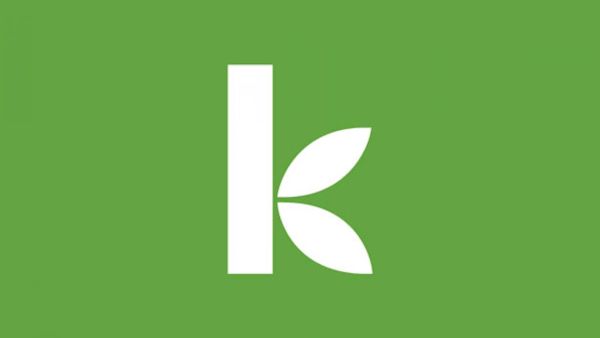It’s Time to Invest in Stock! Livestock, That is.
April 22, 2009
'
As a Kiva fellow, one of my jobs is to attend the various centers during their bimonthly meetings. At the meetings, I have found a routine: watch the groups gather and prepare their money to turn in, sing the GHAPE anthem, discuss upcoming events, and then while the loan officer works out money logistics, I interview Kiva borrowers. As you can see from the video, the other day was slightly different.
After the meeting, all the members and staff stayed in the center room and two members brought in two piglets. It was quite the spectacle; well, I think I was the only one who thought so. Many of the borrowers at GHAPE deal with agriculture from farming vegetables to livestock, and with some training, raising and breeding pigs is a great way to increase one’s capital for both the short and long term.
When a new center begins, GHAPE gives the center capital to purchase one female piglet. The borrowers of that center then discuss which breed to buy and who gets to receive the first piglet. The guidelines are that the borrower must be a female and have a suitable pig fence. In addition, the chosen borrower must continue the cycle of “pass on a gift and be donor” by bringing in two female piglets after the given one has had a farrow (a liter of piglets) to give to two other GHAPE female clients. This ‘gift that keeps on giving’ (literally) is a way for GHAPE to encourage its female borrowers to invest some time and money into an area of farming that really assists in saving money and provides free manure for their farms.
While raising and selling pigs is a good investment in Cameroon, training is necessary and the process is a bit more complex than it looks. Luckily, GHAPE conducts workshops on pig farming twice a year and asks the experts to share their advice with new or potential pig farmers. For instance, there are several breeds of pigs and each has advantages and disadvantages; so when choosing a breed, one must consider factors, like which has a better resistance to disease, which ones grows faster, etc. At the workshop, potential pig farmers also learn how to build a good pig fence and how to keep its area clean.
Some of you may ask, “Why pigs?” One of the main reasons is that they can breed twice a year because their gestation period is “3 months, 3 weeks and 3 days,” and pigs eat less feed but provide more meat compared to other animals, like the bovine clan. However, don’t be fooled: there are a good amount of challenges a farmer takes. A year or so ago, the area of Bamenda was hit with Swine Fever, which is also known as Hog Cholera and Pig Plague. This air-born disease is highly contagious and the Cameroon government is still attempting to find a solution, like a vaccine, to prevent such a damaging spread like last year’s. The only recommendation they have is to keep the pig area clean and away from other pigs.
Another challenge of owning pigs is the expenses: at times, the cost of pig feed spikes in the market, making it harder for farmers to justify owning livestock. In order to combat the prices, a farmer can mix feed with their surplus from the farm, like yams or corn, but that can only be done every so often. Another major expense is buying material and paying a carpenter for the pig fence. So when given a piglet from the GHAPE center, this cycle encourages clients to take up pig farming but with caution.
After learning so much about this area of farming, I am quite impressed with its complexities and how helpful it is to own a pig (if executed correctly). To me, it seems like the Cameroonian version of the stock market: with the right education and instruction, the advantages of investing for the long-term will mostly likely outweigh the risk factors of the short-term. And while not everyone wants to own (live)stock, it is always something to consider for the future when the timing is right. In fact, GHAPE will not allow a borrower to receive a piglet until she has attended their workshop. In the video posted here, because there were no borrowers ready to receive a piglet, they sold the piglets to clients who already have received a pig in the past.
/>PREVIOUS ARTICLE
Lake Titicaca and the Floating Islands →NEXT ARTICLE
Rice Accounting 101 in Rural Cambodia →













